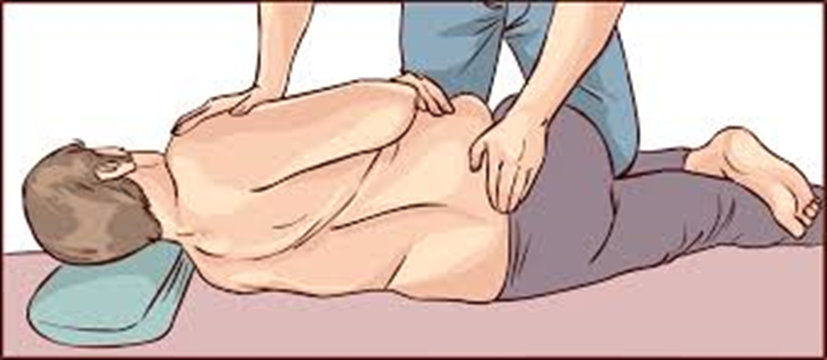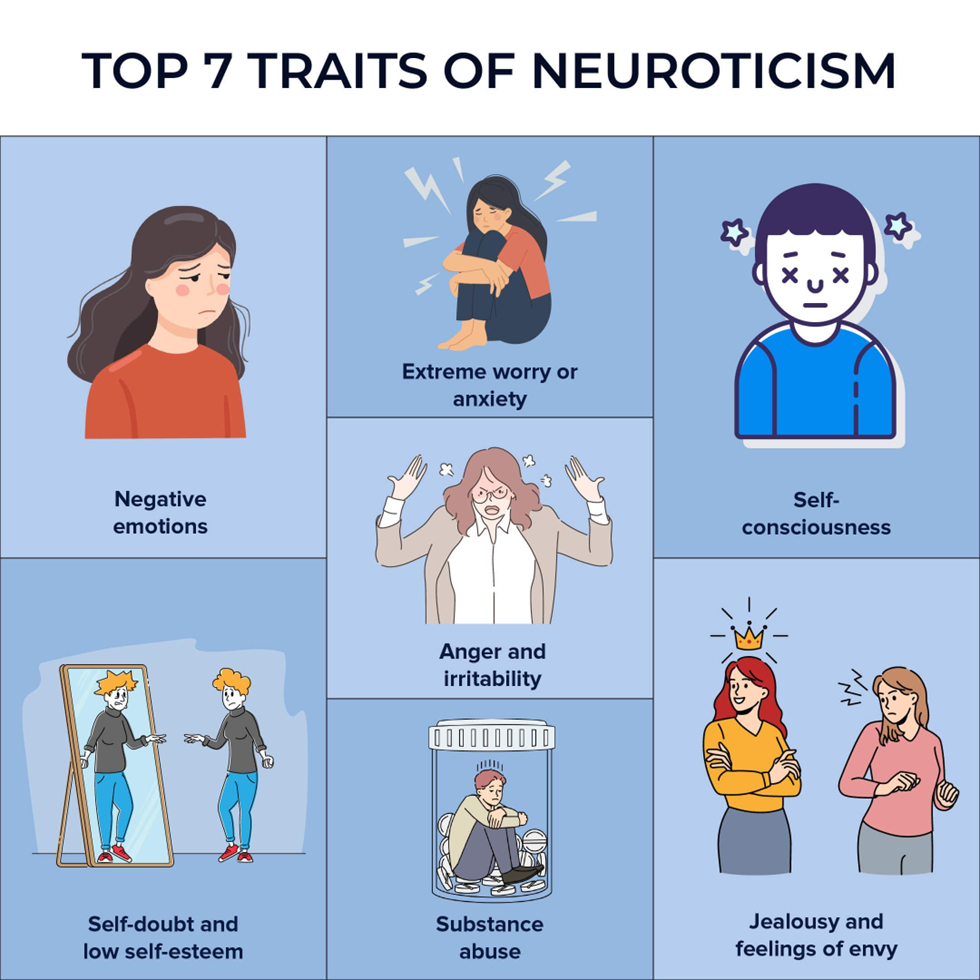A nurse is teaching a class about manual therapies. The nurse should include that which of the following treatments is part of chiropractic medicine?
Acupuncture
Surgical procedures
Spinal manipulation
Prescription medications
The Correct Answer is C
Choice A Reason:
Acupuncture.
Acupuncture is a traditional Chinese medicine practice that involves inserting thin needles into specific points on the body to balance energy flow and promote healing. While it is a form of manual therapy, it is not part of chiropractic medicine. Chiropractors focus on the musculoskeletal system, particularly the spine, and do not typically use acupuncture as a primary treatment modality.
Choice B Reason:
Surgical procedures.
Surgical procedures are not part of chiropractic medicine. Chiropractors are not licensed to perform surgeries. Their practice is centered around non-invasive treatments, primarily involving manual adjustments and manipulations of the spine and other joints. Surgery is outside the scope of chiropractic care and is typically handled by medical doctors or surgeons.
Choice C Reason:
Spinal manipulation.
This is the correct response. Spinal manipulation, also known as chiropractic adjustment, is a core component of chiropractic medicine. Chiropractors use their hands or specialized instruments to apply controlled force to spinal joints, aiming to improve spinal alignment, reduce pain, and enhance physical function. This technique is fundamental to chiropractic care and distinguishes it from other forms of manual therapy.

Choice D Reason:
Prescription medications.
Prescription medications are not part of chiropractic medicine. Chiropractors do not prescribe medications; instead, they focus on manual therapies, exercise, and lifestyle counseling to manage and prevent musculoskeletal issues. The use of medications is typically managed by medical doctors or other healthcare providers.
Nursing Test Bank
Naxlex Comprehensive Predictor Exams
Related Questions
Correct Answer is C
Explanation
Choice A Reason:
Aggressive and angry.
Aggressive and angry behavior is not indicative of apathy. Apathy is characterized by a lack of interest, enthusiasm, or concern. Aggression and anger are more likely to be associated with other symptoms of schizophrenia, such as paranoia or frustration, rather than apathy.
Choice B Reason:
Concerned over recent events.
Being concerned over recent events shows an active engagement with one’s environment and emotions. This is the opposite of apathy, which involves a lack of interest or concern. Therefore, this behavior does not align with the definition of apathy.
Choice C Reason:
Indifferent to their surroundings.
This is the correct response. Indifference to one’s surroundings is a clear sign of apathy. In schizophrenia, apathy is a common negative symptom and involves a diminished ability to initiate and sustain activities, including social interactions. This lack of interest or motivation is a key feature of apathy.
Choice D Reason:
Supportive in group.
Being supportive in a group setting indicates active participation and concern for others, which is not consistent with apathy. Apathy would manifest as a lack of engagement or interest in group activities and interactions.
Correct Answer is D
Explanation
Choice A Reason:
The statement “The client is always aware that their behaviors are maladaptive” is incorrect. While individuals with neurotic behavior may sometimes recognize that their behaviors are maladaptive, this awareness is not consistent. Neurotic behaviors are often automatic and unconscious efforts to manage deep anxiety. Therefore, the client may not always be aware of the maladaptive nature of their actions.
Choice B Reason:
The statement “The client uses adaptive defense mechanisms to cope” is incorrect. Neurotic behavior typically involves the use of maladaptive defense mechanisms rather than adaptive ones. These mechanisms, such as denial, repression, or projection, are employed to manage anxiety and stress but do not effectively resolve the underlying issues. Adaptive defense mechanisms, on the other hand, are more constructive and promote healthier coping strategies.
Choice C Reason:
The statement “The client never has mood or personality changes” is incorrect. Neurotic behavior is often associated with mood swings and emotional instability. Clients with neurotic tendencies may experience frequent changes in mood and may struggle with regulating their emotions. Therefore, it is inaccurate to state that the client never has mood or personality changes.
Choice D Reason:
The statement “The client does not experience loss of contact with reality” is correct. Neurotic behavior, unlike psychotic behavior, does not involve a loss of contact with reality4. Clients with neurotic tendencies remain aware of their surroundings and can distinguish between reality and their internal experiences4. This characteristic differentiates neurotic behavior from more severe mental health conditions such as schizophrenia, where a loss of reality is a key feature.

Whether you are a student looking to ace your exams or a practicing nurse seeking to enhance your expertise , our nursing education contents will empower you with the confidence and competence to make a difference in the lives of patients and become a respected leader in the healthcare field.
Visit Naxlex, invest in your future and unlock endless possibilities with our unparalleled nursing education contents today
Report Wrong Answer on the Current Question
Do you disagree with the answer? If yes, what is your expected answer? Explain.
Kindly be descriptive with the issue you are facing.
